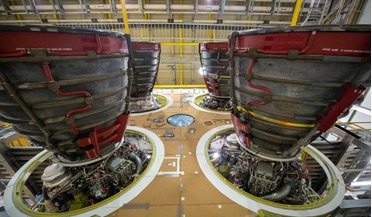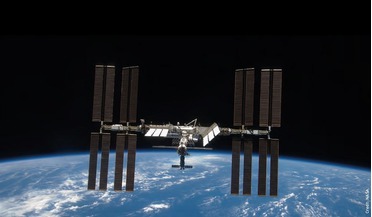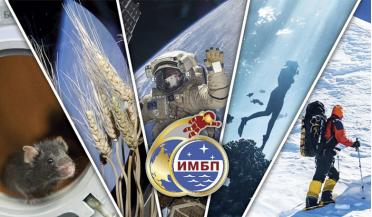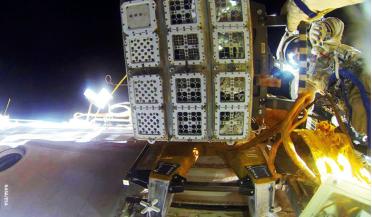 04 May 2020
NASA commits to future Artemis missions with more SLS rocket engines
04 May 2020
NASA commits to future Artemis missions with more SLS rocket engines
... of the rocket and Orion for Artemis I. The Artemis program is the next step in human space exploration. It’s part of America’s broader Moon to Mars exploration approach, in which astronauts will explore the Moon and experience gained there to enable...
 June 2015
Innovation at escape velocity: from NASA’s Apollo to SpaceX
June 2015
Innovation at escape velocity: from NASA’s Apollo to SpaceX
... technologies.17 These and other ‘Big Problem’ areas on Earth include some interesting intersections with the needs of human space exploration and development. Two of these, the availability and processing of water for propellant, but also for life...
 October 2015
From post-humanity to fractals: is human space exploration doomed?
October 2015
From post-humanity to fractals: is human space exploration doomed?
...’ the Earth, but what we might call the “law of expansion” forces humanity to look towards space to further widen the scope of its successes. Yet humanity will not triumphantly go forth across the never-ending Universe, because its...
 February 2022
A manifesto for Europe in space
February 2022
A manifesto for Europe in space
... the accelerators are focused on societal needs, the inspirators are aimed at inspiring people about space. On one side there is human space exploration, which is very well understood as an inspiration for young people. The question is whether Europe...
 September 2023
The Institute of Biomedical Problems - Sixty years of contributing to the development of space biomedicine
September 2023
The Institute of Biomedical Problems - Sixty years of contributing to the development of space biomedicine
... organisations of various agencies and with broad international collaboration, the challenges necessary for human space exploration in medicine and related fields (biology, physiology, psychophysiology, habitability problems and creation of life...
 September 2023
How microorganisms survive space travel
September 2023
How microorganisms survive space travel
...resolution with account of the results of Russian exobiology experiments // REACH – Reviews in Human Space Exploration. 2017. pp. 25–33. 8. Voeikova T.A., Emelyanova L.K., Starkova L.V., Ilyin V.K., et al. Specificities of plasmid and chromosomal DNA...